Tender Proposal Samples
-

Winning Candidate Tender Proposal
download now -
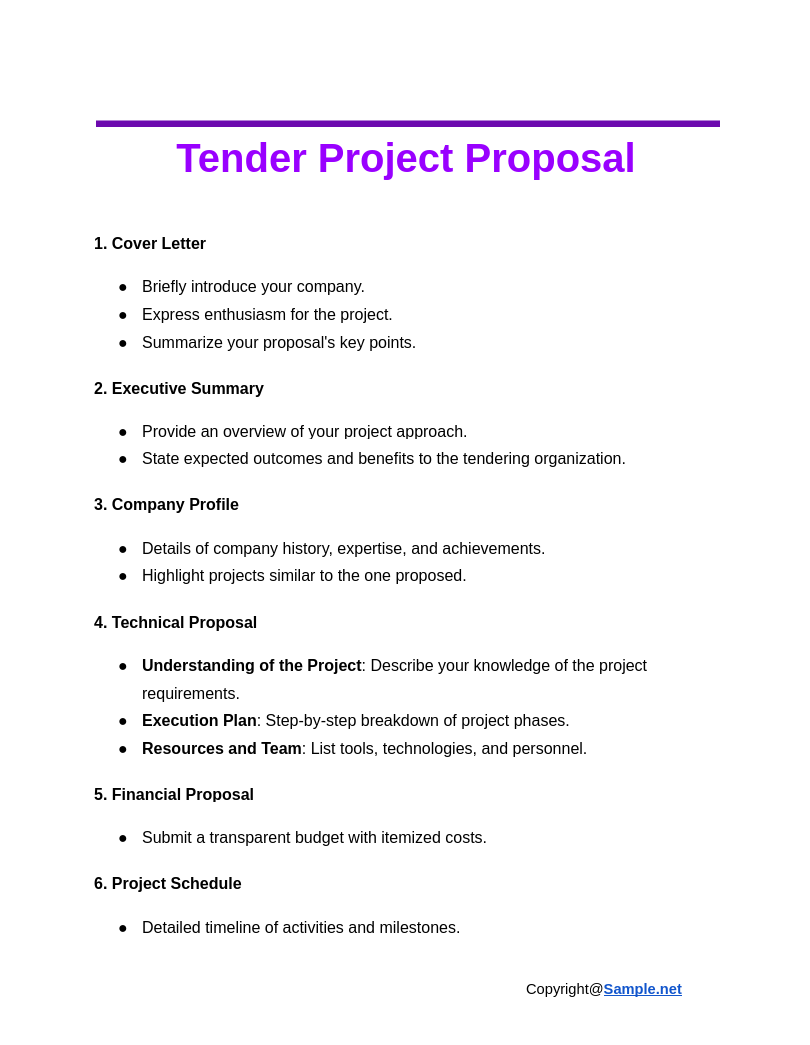
Tender Project Proposal
download now -
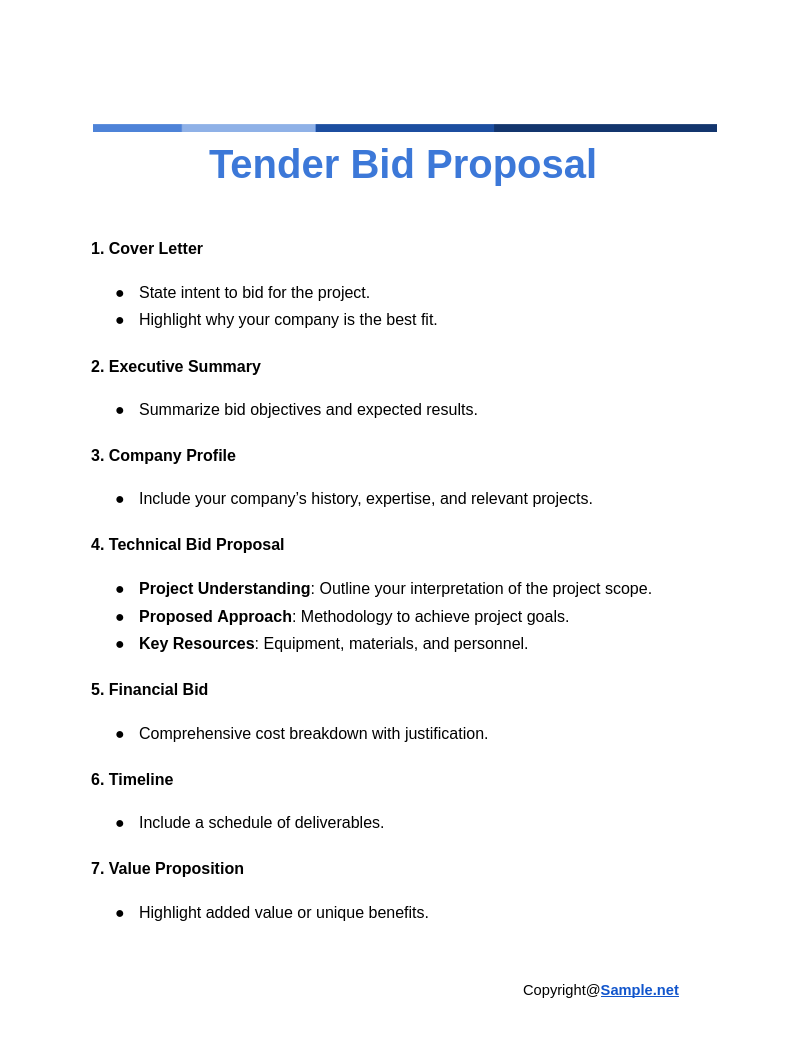
Tender Bid Proposal
download now -
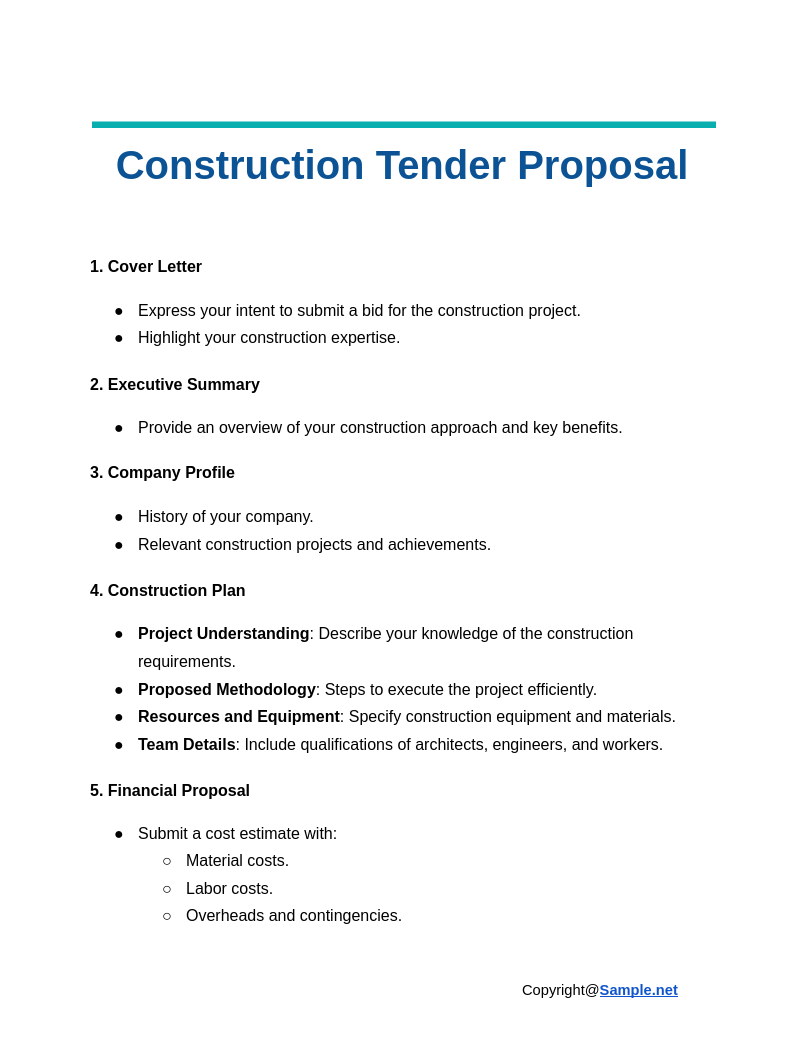
Construction Tender Proposal
download now -
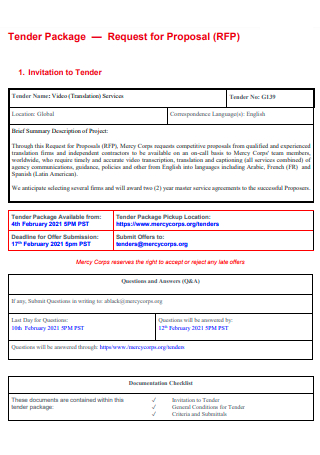
Tender Package Proposal
download now -

Tender Financial Proposal
download now -

Tender Notice Proposal
download now -
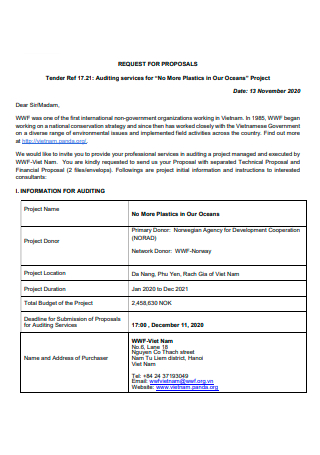
Tender Auditing Services Proposal
download now -
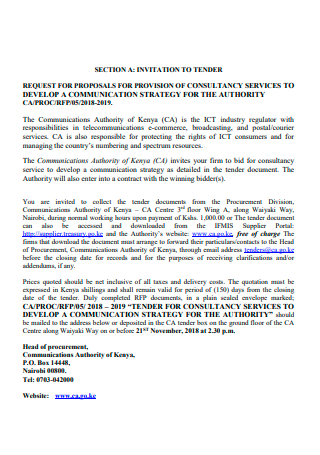
Tender For Consultancy Services Proposal
download now -
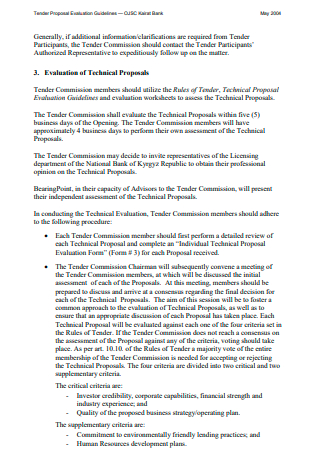
Tender Proposal Evaluation
download now -
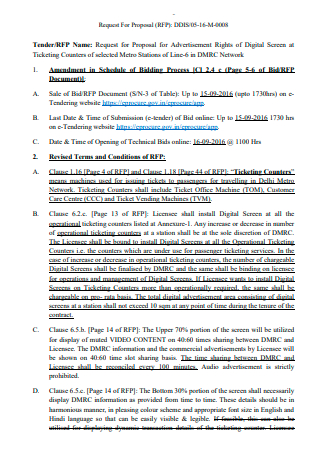
Tender Proposal Example
download now -
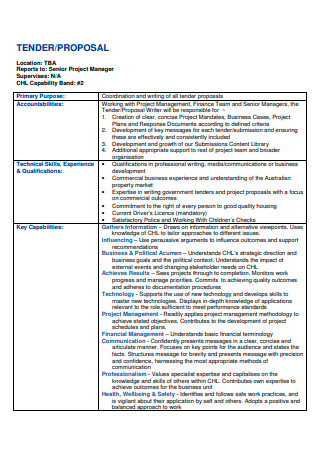
Tender Proposal in PDF
download now -
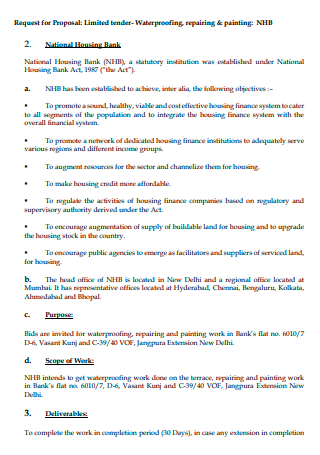
Limited Tender Proposal
download now -
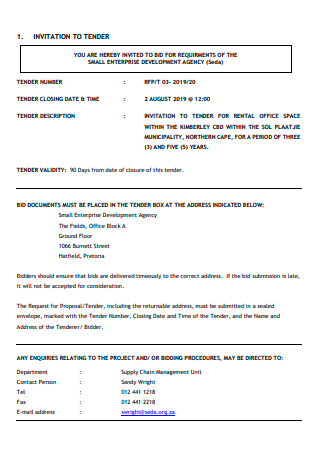
Invitation to Tender Proposal
download now -
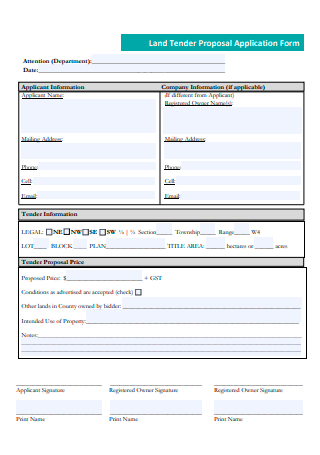
Land Tender Proposal Application Form
download now -
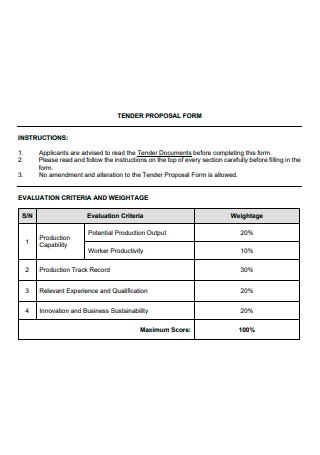
Tender Proposal Form
download now -
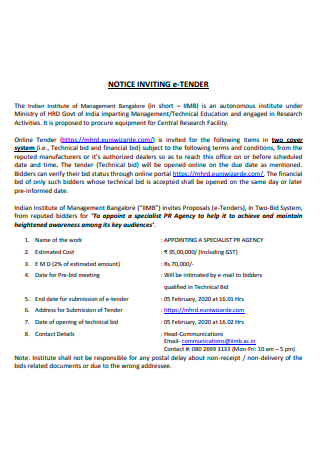
E-Tender Proposal
download now -
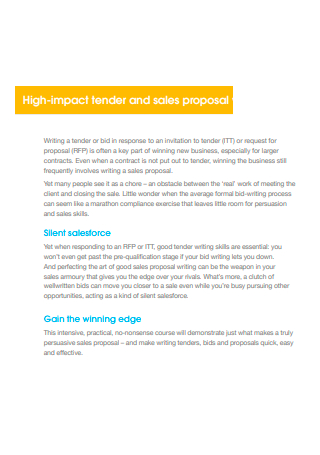
Tender and Sales Proposal
download now -

Tender Proposal in DOC
download now
FREE Tender Proposal s to Download
Tender Proposal Format
Tender Proposal Samples
What is a Tender Proposal?
Benefits of Having a Tender Proposal
How to Write a Tender Proposal
FAQs
What is the best way to write a tender proposal?
What should be included in a tender document?
How big should the font be for a tender proposal?
Can I include references in a tender proposal?
How long should a tender proposal be?
What are the common mistakes to avoid in a tender proposal?
How do selective tenders differ from open tenders?
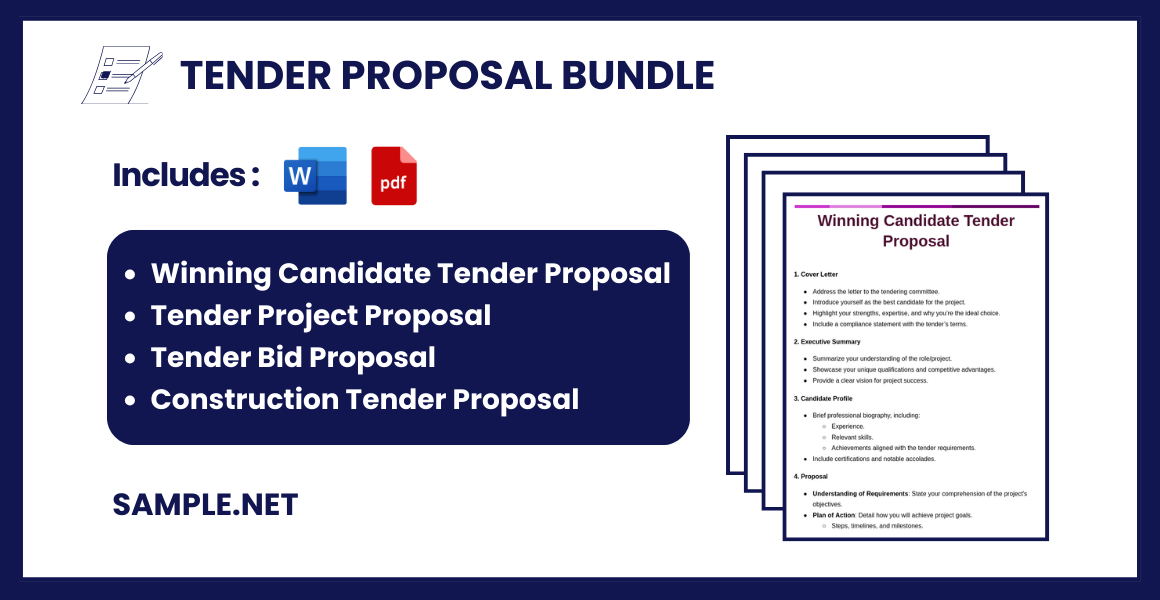
Download Tender Proposal Bundle
Tender Proposal Format
[Project Title or Tender Name]
Date: [Insert Date]
Tender Reference Number: [Insert Tender Reference Number]
Submitted by:
[Your Company Name]
[Your Address]
[Your Contact Information]
[Your Email Address]
[Your Phone Number]
1. Cover Letter
- Address the letter to the tendering organization.
- Briefly introduce your company.
- State your intention to bid for the tender.
- Provide a summary of your proposal, including key advantages.
- Include a statement of compliance with the tender requirements.
2. Executive Summary
- Summarize your understanding of the project/tender requirements.
- Highlight key features of your proposal.
- Mention any unique selling points or competitive advantages.
3. Company Profile
- Brief introduction to your company, including:
- History and mission.
- Core expertise and capabilities.
- Past experience relevant to the tender.
- Certifications, awards, or recognitions.
4. Technical Proposal
- Project Understanding: Outline your understanding of the project scope.
- Approach and Methodology: Explain how you intend to meet the tender requirements, including:
- Project phases.
- Deliverables.
- Timeframe.
- Team Composition: Include details of the team that will work on the project, with brief bios and roles.
- Equipment and Resources: Specify resources and equipment to be used.
5. Financial Proposal
- Provide a detailed breakdown of costs, including:
- Direct costs.
- Indirect costs.
- Any contingencies.
- Ensure transparency in pricing and state any terms related to cost variations.
6. Work Plan and Timeline
- Include a detailed work plan with milestones and deadlines.
- Use a Gantt chart or timeline to visually present the schedule.
7. Compliance Statement
- Declare compliance with all terms, conditions, and specifications outlined in the tender document.
- Mention any deviations, if applicable.
8. Risk Management Plan
- Identify potential risks.
- Propose mitigation strategies.
9. Appendices
- Include relevant supporting documents, such as:
- Company registration certificates.
- Tax compliance certificates.
- References from previous clients.
- Detailed resumes of key team members.
- Any other required documentation.
10. Declaration
- Include a signed declaration certifying the accuracy and authenticity of the proposal and agreement to abide by the tendering authority’s terms.
Authorized Signature:
[Your Full Name]
[Your Designation]
[Your Company Name]
[Signature]
What is a Tender Proposal?
A tender proposal is a formal submission made by businesses or individuals aiming to win contracts from clients seeking specific services or products. It typically responds to a detailed tender document provided by the client, specifying the project’s scope, budget, and timelines. The proposal serves as the bidder’s opportunity to showcase their expertise, reliability, and competitive pricing while addressing all outlined requirements. You can also see more on Bid Contract Proposal.
Benefits of Having a Tender Proposal
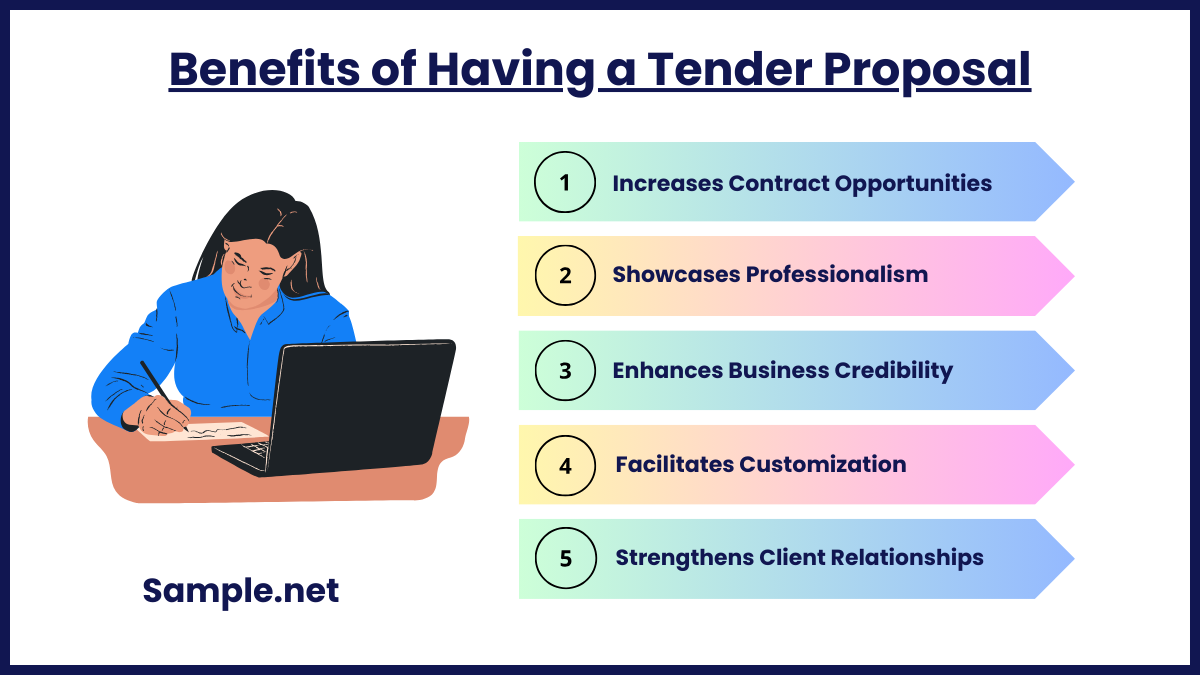
1. Increases Contract Opportunities
Tender proposals create pathways for businesses to compete for and secure lucrative contracts by presenting their value and capabilities.
2. Showcases Professionalism
A well-structured proposal demonstrates a company’s commitment, organization, and expertise, building trust with potential clients. You can also see more on Event Bid Proposal.
3. Enhances Business Credibility
By including relevant qualifications, past successes, and industry certifications, tender proposals solidify a company’s credibility.
4. Facilitates Customization
Tender proposals allow businesses to tailor their solutions to meet specific client needs, increasing the likelihood of success. You can also see more on Electrical Bid Proposal.
5. Strengthens Client Relationships
Winning tenders through detailed proposals often leads to long-term partnerships and repeat business opportunities.
How to Write a Tender Proposal
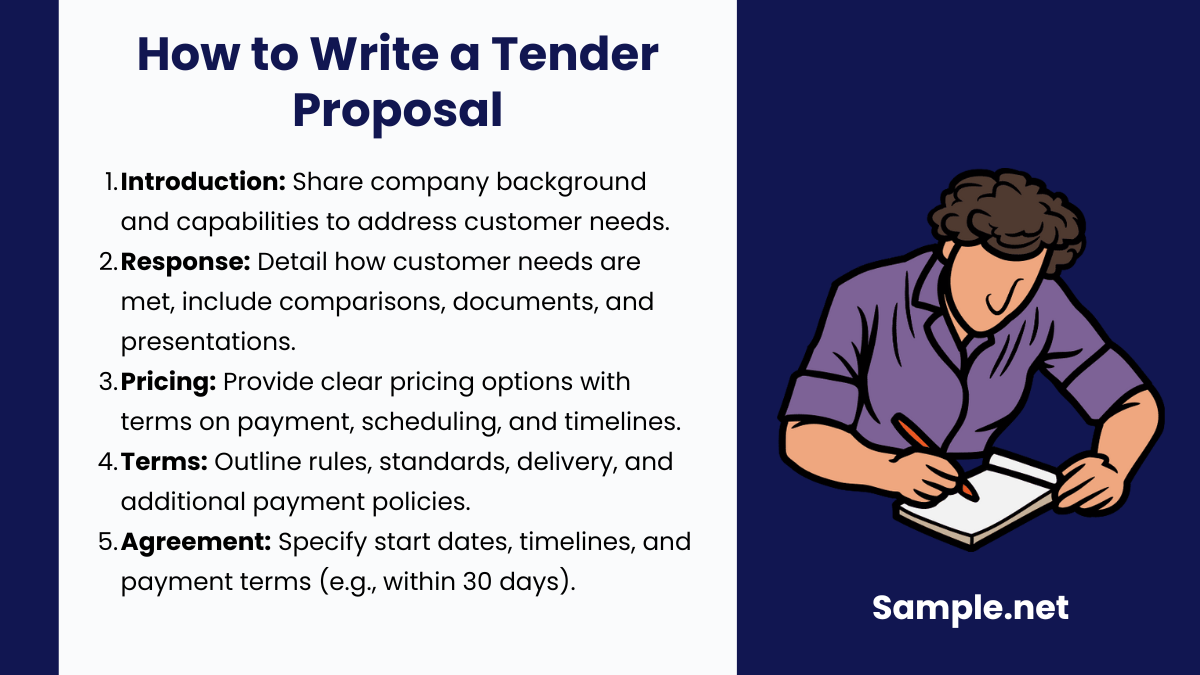
Although there is no precise format that must be followed when writing a tender proposal, there are some elements that must be met in order to write a successful tender proposal. The deadline is the most critical aspect that should be included in the proposal. Every tender proposal that has been professionally drafted includes an estimate of when the project will be completed. Generally speaking, a professionally prepared tender proposal is separated into three primary sections, which are as follows:
Step 1: Introduction
Everyone who wants to know more about the company that submitted the proposal is interested in finding out more about that company. The information that is included in the tender proposal is mostly focused on the company’s background as well as the company’s successful initiatives. Furthermore, the company that is producing the tender proposal informs the reader about how it is capable of addressing the needs of its customers. It is through this overview that the client may learn more about the company, which makes it easier for him to make a selection. You can also see more on Security Bid Proposal.
Step 2: Response
The response section is regarded as the most significant element of the proposal because, if written well, it has the potential to garner the most attention from the customer. The response portion should be written with considerable care and attention to detail. It should be focused on how the company will be able to meet the needs of the customer. Many businesses compare and contrast different components of their proposals in order to make it easier for the client to determine whether or not to accept them completely. The proposal should include a list of any extra papers that will be required as part of the response. Additionally, some organizations include a presentation that allows the client to see how much effort has been put forward.
Step 3: Price Section
Many people add the pricing information in the proposal at any point in the document. The creation of a distinct section with pricing information, on the other hand, is highly suggested. If there are several pricing alternatives available, you should explain each one separately. When writing this part, make certain that you are completely clear about the information you are providing. In addition to these three sections, you should include a list of the terms and conditions that the client will be required to accept in order to accept your proposal. It is possible that the terms and conditions will contain the scheduling of work, the terms of payment, the timeframe, as well as other matters. You can also invite the client to participate in a negotiating session. You can also see more on Job Bid Proposals.
Step 4: Terms and Conditions
Terms and conditions are the second piece of documentation that every tender requires. The majority of tender writers include a set of standard terms and conditions applicable to all jobs. The majority of terms and conditions will outline the job’s rules and the standards that are required of you, the bidder. Terms and conditions may include provisions governing the approval of products or services for delivery, access to customer information, and what constitutes an additional payment. A significant advantage of having a terms and conditions document in a tender is that the material is not proprietary and may be openly distributed to other job requests. Additionally, the document explains the broad framework for how you and your firm operate to accomplish a job.
Step 5: Legal Agreement
Depending on the job, the letter can be either vague or very particular. A letter of agreement will specify the start date of the job, the estimated completion date for each product or service, and payment terms. The majority of tenders provide that payment must be made within 30 days after the completion of a task, whether partial or complete.
Crafting a tender proposal requires precision, clarity, and a thorough understanding of the client’s needs. By structuring it effectively, showcasing unique capabilities, and addressing key criteria, businesses can significantly increase their chances of securing lucrative contracts. Each tender proposal is a unique opportunity to build trust, demonstrate value, and establish long-term client relationships. Always focus on quality and adherence to specifications to stand out in competitive bidding scenarios. You can also see more on Property Purchase Proposal.
FAQs
What is the best way to write a tender proposal?
Writing a tender proposal can be a difficult task because it necessitates a great deal of concentration as well as a substantial amount of useful details and information. As a result, a small number of documents known as tender proposal templates will greatly aid you in writing the greatest tender proposal in a short amount of time. You can also see more on Construction Proposals.
What should be included in a tender document?
There is a lot of information contained in the tender documents, Project Initiation Document Template. There is information about the aim of the tender, the company’s name, its address, the contact information for the person in charge, specifics about the pricing, and a whole lot more. You can also see more on Architectural Bid Proposal.
How big should the font be for a tender proposal?
If you are given the opportunity to develop your own response document, this is an excellent opportunity to distinguish your tender from the competition. When following the requirements supplied (for example, Arial in size 11 is frequently required), you have a good probability of ensuring that the Buyer recalls your proposal. You can also see more on Catering Bid Proposal.
Can I include references in a tender proposal?
Yes, including references or testimonials from past projects can significantly enhance credibility and showcase your reliability to potential clients.
How long should a tender proposal be?
The length varies by project but should be concise while covering all required sections. Avoid unnecessary details to maintain clarity and focus.
What are the common mistakes to avoid in a tender proposal?
Common mistakes include failing to follow submission guidelines, omitting required documents, offering vague solutions, and neglecting proofreading. Attention to detail is critical to avoid disqualification. You can also see more on Freelancer Proposals.
How do selective tenders differ from open tenders?
Selective tenders involve pre-qualified bidders chosen by the client, ensuring a higher likelihood of expertise. Open tenders are available to all eligible bidders, encouraging broader competition. You can also see more on Bidding Contract.
